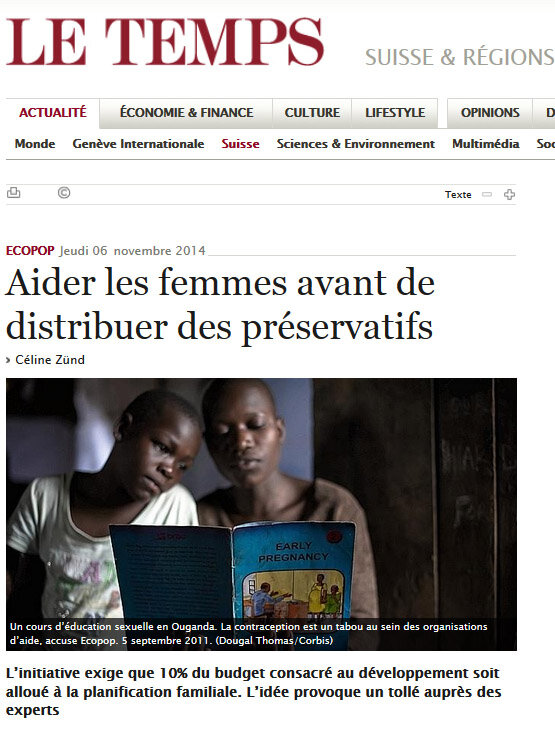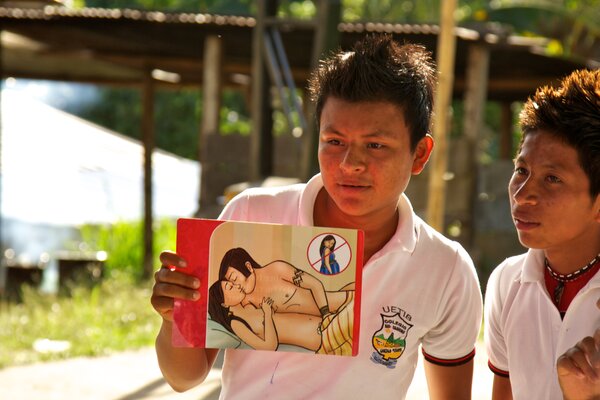Youth-friendly primary-care services: how are we doing and what more needs to be done?
Prof Andre Tylee MD, Dagmar M Haller MD, Tanya Graham MSc, Rachel Churchill PhD, Lena A Sanci MD The Lancet, Volume 369, Issue 9572, Pages 1565 - 1573, 5 May 2007
Youth-friendly primary-care services: how are we doing and what more needs to be done?
Prof Andre Tylee MD, Dagmar M Haller MD, Tanya Graham MSc, Rachel Churchill PhD, Lena A Sanci MD The Lancet, Volume 369, Issue 9572, Pages 1565 - 1573, 5 May 2007
For developmental as well as epidemiological reasons, young people need youth-friendly models of primary care. Over the past two decades, much has been written about barriers faced by young people in accessing health care. Worldwide, initiatives are emerging that attempt to remove these barriers and help reach young people with the health services they need. In this paper, we present key models of youth-friendly health provision and review the evidence for the effect of such models on young people's health. Unfortunately, little evidence is available, since many of these initiatives have not been appropriately assessed. Appropriate controlled assessments of the effect of youth-friendly health-service models on young people's health outcomes should be the focus of future research agendas. Enough is known to recommend that a priority for the future is to ensure that each country, state, and locality has a policy and support to encourage provision of innovative and well assessed youth-friendly services.









